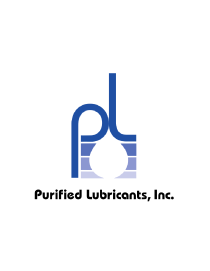Polished machine surfaces can improve equipment performance by reducing friction and increasing efficiency. There are many ways to polish machine surfaces, with the results depending on the desired outcome. When it comes to lubricants, additives can be used to help chemically polish these surfaces during the running-in process. However, problems can arise if you do not understand the proper way to polish surfaces or how lubricant selection factors into the equation.





